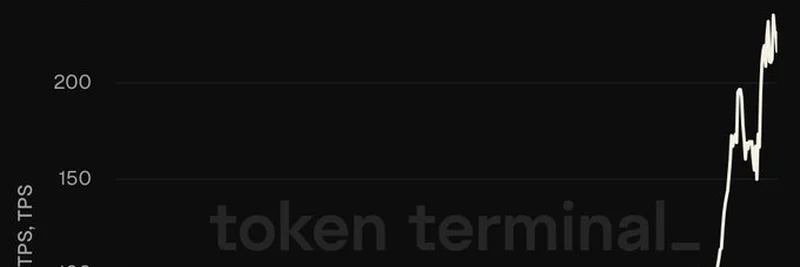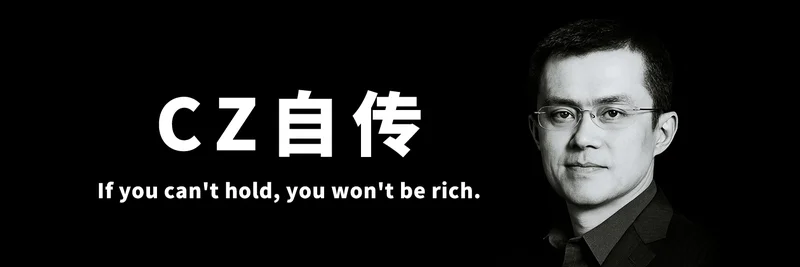Hey there, crypto enthusiasts! If you’ve been keeping an eye on the blockchain world, you’ve probably heard about Ethereum and its ongoing efforts to scale up. A recent tweet from Token Terminal on August 8, 2025, caught our attention at Meme Insider, and we’re excited to break it down for you. The post highlights how Layer 2 (L2) solutions are supercharging Ethereum’s transaction capacity—let’s dive into what this means!
What Are Layer 2 Solutions?
Before we get into the juicy details, let’s clarify what Layer 2 (L2) is all about. Think of Ethereum’s main network (Layer 1 or L1) as the foundation of a house. It’s secure and reliable but can get clogged with too many transactions, leading to slow speeds and high fees. Layer 2 solutions are like adding extra rooms to that house—they handle transactions off the main network while still relying on L1 for security. Examples include rollups (like optimistic and zero-knowledge rollups) and sidechains.
The Big Reveal: Transactions Per Second (TPS)
The tweet comes with a striking graph showing the daily transactions per second (TPS) for Ethereum L1 and L2s from 2016 to 2024. Check it out:
For years, the TPS hovered around a low baseline, but starting around 2021, things took off! The L2 line (representing blockchains built on top of Ethereum) shoots up dramatically, reaching over 200 TPS by 2024. Meanwhile, Ethereum L1 (the blue line) stays relatively flat, showing that the real growth is happening on L2s.
Why This Matters
This surge in TPS is a game-changer. Higher transaction speeds mean Ethereum can handle more users and applications—like decentralized finance (DeFi) platforms, NFTs, and yes, even meme tokens! L2s are expanding Ethereum’s network effect, making it more accessible and cost-effective. Imagine being able to trade your favorite meme coin without breaking the bank on gas fees—pretty cool, right?
The Role of Token Terminal
The data comes from Token Terminal, a go-to platform for crypto analytics. They’ve been tracking blockchain metrics like TPS to give us a clear picture of how networks are evolving. Their graph is a testament to how L2s are not just a nice-to-have but a must-have for Ethereum’s future.
What’s Next for Ethereum and L2s?
As we move into late 2025, the growth of L2s suggests Ethereum is gearing up to compete with faster blockchains like Solana or Binance Smart Chain. This could lead to more innovation in the meme token space, where speed and low costs are key. At Meme Insider, we’re keeping our eyes peeled for how this might shake up projects like Dogecoin or Shiba Inu derivatives.
So, what do you think? Are you excited about L2s boosting Ethereum’s potential? Drop your thoughts in the comments, and stay tuned to Meme Insider for more updates on the wild world of blockchain and meme tokens!



